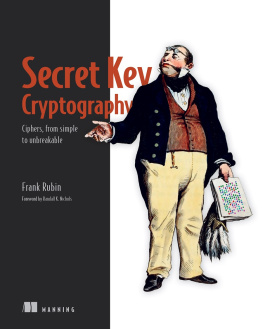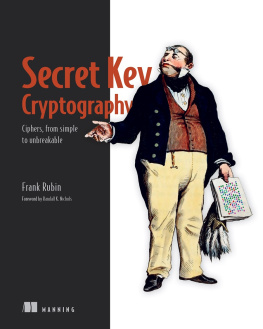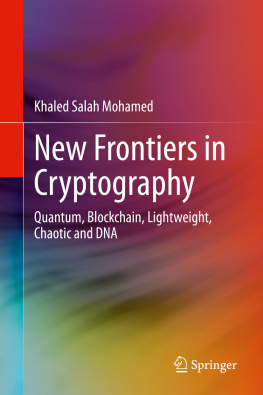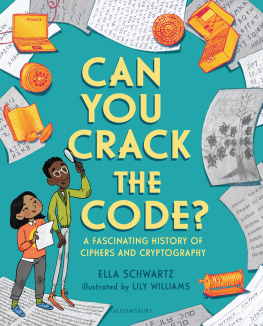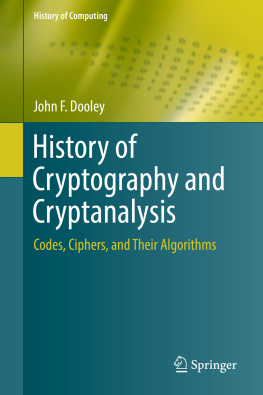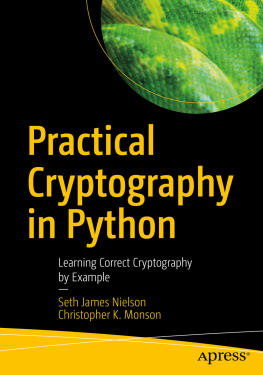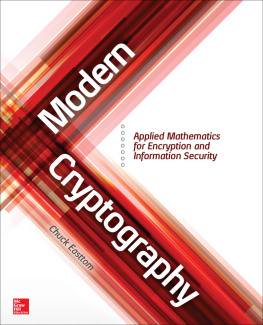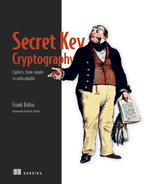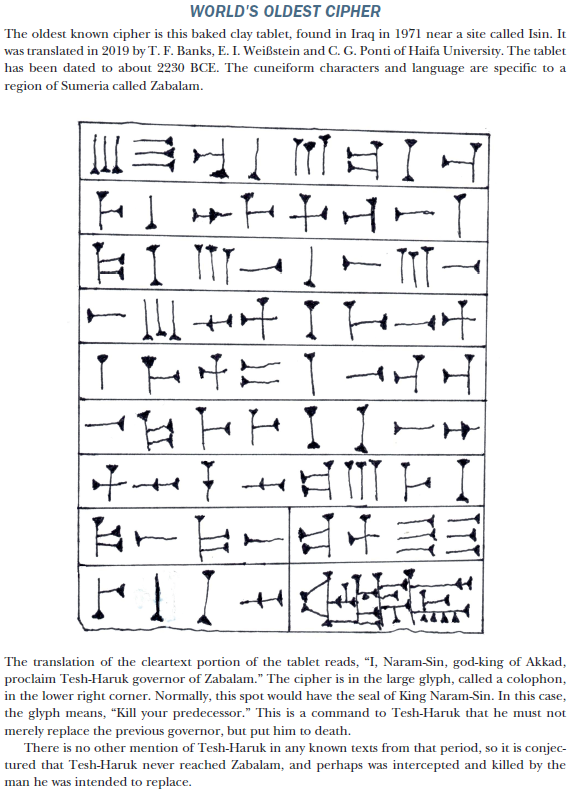For online information and ordering of these and other Manning books, please visit www.manning.com. The publisher offers discounts on these books when ordered in quantity.
Manning Publications Co.
2022 by Manning Publications Co. All rights reserved.
No part of this publication may be reproduced, stored in a retrieval system, or transmitted, in any form or by means electronic, mechanical, photocopying, or otherwise, without prior written permission of the publisher.
Many of the designations used by manufacturers and sellers to distinguish their products are claimed as trademarks. Where those designations appear in the book, and Manning Publications was aware of a trademark claim, the designations have been printed in initial caps or all caps.
Recognizing the importance of preserving what has been written, it is Mannings policy to have the books we publish printed on acid-free paper, and we exert our best efforts to that end. Recognizing also our responsibility to conserve the resources of our planet, Manning books are printed on paper that is at least 15 percent recycled and processed without the use of elemental chlorine.
front matter
foreword
From secret decoder rings to government policy statements, the challenges of hiding and discovering information within other information have long compelled the intellect. Cryptology is a fascinating subject with which almost every schoolchild has some hands-on familiarity. And yet, for good reasons, it is a discipline that throughout time has been shrouded in the deepest levels of secrecy and used by governments to protect their most sensitive weapons. Cryptographys role in military and diplomatic affairs has always been deadly serious. It is no exaggeration to declare that successes and failures of cryptography have shaped the outcome of wars and the course of history; nor is it an exaggeration to state that the successes and failures of cryptography are setting our current course of history.
Consider the American Civil war battle of Antietam in September of 1862, when George McClellan commanded the Union forces against Robert E. Lees Confederate forces near Sharpsburg, Maryland. A few days earlier, two Union soldiers had found a piece of paper near their camp, which turned out to be a copy of an order issued by Lee detailing his plans for the invasion of Maryland. The order had not been encrypted. With the information it contained, McClellan precisely knew the location of the commands of Lees scattered army and was able to destroy Lees army before they reunited.
Cryptographic successes and failures have shaped more recent history as well. The terrible Russian failure at Tannenberg in August 1914 was the direct result of the German armys intercept of Russian communications. Amazingly, the Russian communications were totally in the clear because the Russians had not equipped their field commanders with ciphers and keys. The Russians were thus unable to securely coordinate the activities of neighboring units within each army.
What was to become 50 years of Cold War following WWII was also set up by a cryptographic failure, this time on the Japanese at the Battle of Midway in 1942. American cryptanalysts broke the Japanese codes and were reading many of the messages of the Combined Fleet. Stories like these are within the purview of classical cryptography. Secret Key Cryptography plays in this sandbox.
No one is more capable of enlightening an interested reader in all of the dimensions of recreational classical cryptology, from its mathematical heritage to its sociological implications, than Dr. Frank Rubin. Dr. Rubins education is in mathematics and computer science. He worked for 30 years at IBM in the Design Automation field and did cryptography for over 50 years. Dr. Rubin served as an editor for Cryptologia and other publications. He has written dozens of mathematics and computer algorithms and has created thousands of mathematical puzzles.
The book comes at a strategic point in this evolving history. It provides a timely and important contribution to understanding this critical technology. Whether the reader is seeking edification about cryptology itself or is a practitioner of information security, the depth, and breadth of knowledge included in these pages will be a welcome source of useful information and valuable addition to a library.
Randall K. Nichols, DTM
Randall K. Nichols is a former president, aristocrat, and book review editor for the American Cryptogram Association (ACA); the director of the Unmanned Aircraft Systems Cybersecurity Certificate Program at Kansas State University, Salina; and professor emeritus of Graduate Cybersecurity and Forensics at Utica College.
References
Gaines, H. F. (1956). Cryptanalysis: A Study of Ciphers and their Solution. NYC: Dover.
LANAKI. (1998). Classical Cryptography Course Vol. I. Laguna Hills, CA: Aegean Park Press.
LANAKI. (1999). Classical Cryptography Course Vol. II. Laguna Hills, CA: Aegean Park Press.
Nichols, R. K. (1999). ICSA Guide to Cryptography. New York City: McGraw Hill.
Rubin, F. (2022). Secret Key Cryptography. Shelter Island, New York: Manning Books.
Schneier, B. (1995). Applied Cryptography: Protocols, Algorithms and Source Code in C. New York: John Wiley & Sons.
preface
There are several threads that led to the writing of this book. Lets begin with my high school friend Charlie Rose. Charlie worked in the school bookstore. One day, while ordering books for the store, he noticed the book Cryptanalysis by Helen F. Gaines. Charlie wanted the book, and he also wanted the employee discount. But there was a hitch. The minimum order the store could place was three copies.
Charlie needed to get two other people to buy the book. He promised that we would all read the book together, then make up cryptograms that the others would solve. I bought the book, read it, and made up cryptograms, but Charlie had lost interest.

